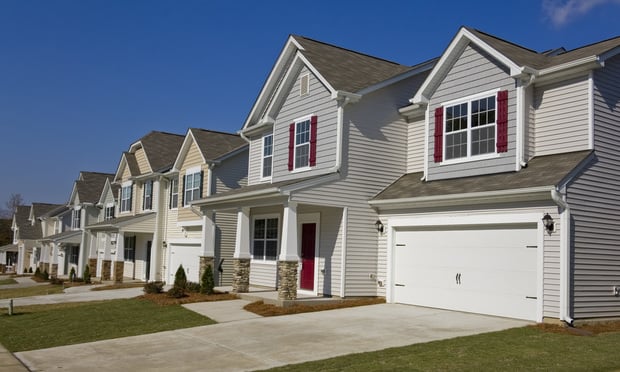The US office space market was still stagnant in the first half of 2024 but indicators signal some improvement, while the multifamily sector is starting to rebound. Lee & Associates' 2024 Q2 North America Market Report found that weak net absorption continues to hamper office space, driving up the vacancy rate to a record 13.9%. Conversely, the multifamily market is experiencing a robust rebound in demand, driven by rising consumer confidence and diminishing recession fears.
The environment feels similar to the 2008 downturn, but the catalysts are different, according to Jeff Rinkov, CEO of the broker-owned real estate services firm.
Office Space Still Feeling Effects of Pandemic
Recommended For You
Negative net absorption for office space in the first half of the year totaled 28.4 million square feet, representing a 28% improvement from the same period a year ago. However, the second quarter was the eighth straight quarter with demand in the red, totaling negative 1.6 million square feet.
Rinkov says companies are struggling to get workers back in the office as the country emerges from the shadow of the COVID-19 pandemic. Since April 2020, US negative absorption is more than 206 million square feet – or four times the occupancy lost in the 2008 financial crisis.
"The pandemic really changed the way office space is viewed," says Rinkov, noting it did, however, advance the notion of remote and hybrid work schedules. And unlike the 2008 recession, there is enhanced technology to assist remote working and collaboration.
"We have a population that has become very comfortable using technology and I think there is some level of efficiency for people who can 'self-police' and efficiently work remotely," notes Rinkov. He sees hybrid work as here to stay, but the momentum is for employers to get their workers to return to office. It's signaled a shift, with some companies switching to suburban office locations that offer enticements such as free employee parking and more cost-effective and compact spaces.
"As a result, we have decreased demand, increased vacancy rates and a real lack of interest in developing new office space."
Multifamily Sector Rebounds
The multifamily housing sector is starting to rebound, a result of rising consumer confidence and diminishing recession fears. The first half of the year saw net absorption totaling 287,635 units or 56% more than the same period last year, according to the report.
However, with 335,872 units added so far this year, including a quarterly record 182,872 in the second quarter, pushing the vacancy rate to a record 7.9%. More than 533,000 completions are scheduled for 2024, which is a 9% decline from the record supply of 2023. At the same time, absorption is accelerating, increasing the likelihood that the national market will stabilize by the end of the year, according to Lee & Associates.
"There has been quite a bit of development, but a slower rate of absorption," Rinkov says. He expects it to become more balanced, as factors such as return-to-office requirements pressure employees to move closer office spaces.
Stabilization Sets In
Looking ahead, Rinkov expects normalization for both the office and multifamily sectors.
"The US office vacancy rate is bottoming out and will quickly reset," predicts Rinkov, noting that many office buildings will be repurposed and companies will look for alternative workspaces. He also believes the multifamily stability trend will continue as "mortgage rates decrease, the economy strengthens and the industry responds with moderate rental rate increases and positive absorption."
© 2025 ALM Global, LLC, All Rights Reserved. Request academic re-use from www.copyright.com. All other uses, submit a request to [email protected]. For more information visit Asset & Logo Licensing.








